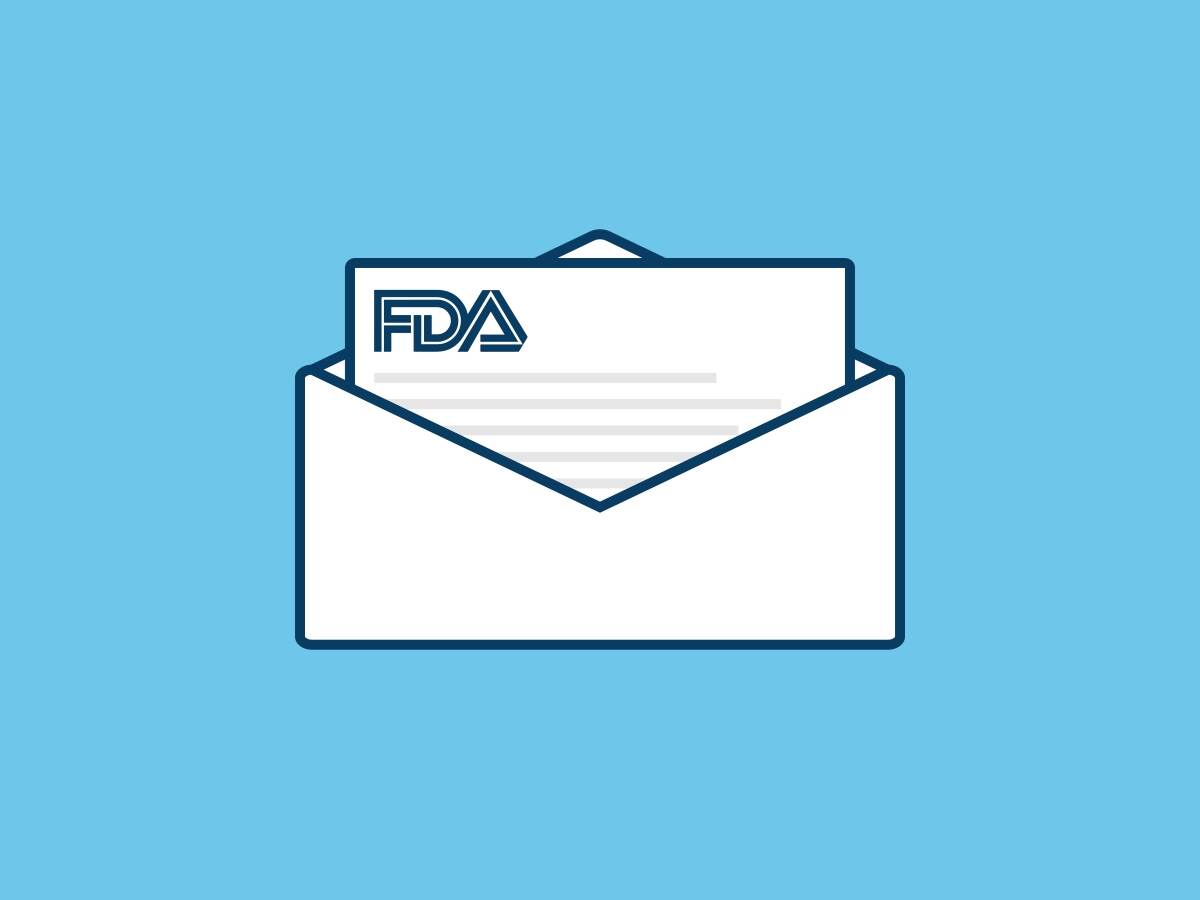October 28, 2024
By Allison Strochlic and Andrea Dwyer
The extent of HFE-related feedback that a Sponsor receives via its FDA pre-submissions, submissions and associated FDA communication can vary widely. Feedback can range from one or two suggestions to further enhance a well-planned HFE effort to many pages of HFE-related deficiencies requiring substantial work (or, rework) and justification in the case of a submission lacking the necessary HFE data. Regardless of the extent of the feedback, we have identified some consistent trends in what we consider to be the Top 5 topics FDA is focused on from an HFE perspective.
Top five FDA focus areas in human factors engineering (HFE)
-
Critical tasks (and, more broadly, your use-related risk analysis). The use-related risk analysis (URRA) is the foundation of scoping all of your HFE work, particularly the HF validation test. You should expect the FDA to review your URRA with a fine-toothed comb. They may share feedback regarding your identification of critical tasks, suggest recategorizations of tasks (more often increasing, rather than decreasing, criticality) or request explicit linkage between the URRA and the HF validation test’s evaluation activities to ensure a comprehensive evaluation that accounts for all identified risks.
-
HF validation test participants. It won’t be a surprise to anyone who works in the HFE space to hear that FDA is intently focused on ensuring the HF validation test participants are representative of actual users. In some cases, the user groups you’ve identified may be sufficient. However, in other cases, the FDA may suggest alternative approaches, such as having distinct user groups of n = 15 for what you previously considered “subgroups” or conducting test sessions with dyads (i.e., participant pairs) rather than individual participants. The FDA may also provide feedback on the adequacy of the inclusion and exclusion criteria outlined in the protocol, as well as overall study sample sizes.
-
Evaluation activities. As expected, FDA often provides feedback on the “meat” of a usability test session: the use scenarios and knowledge-based assessments that will be administered to evaluate various tasks. During reviews, FDA may narrow in on the selection of use scenarios or knowledge-based assessments, the specific wording of activity prompts or the presentation of and evaluation method for alarms and labeling-based warnings. Additionally, the FDA is always looking to ensure you will establish sufficient environmental realism to enable users to interact with the product in a representative, naturalistic manner.
-
Training. If your product includes training, FDA may comment on various aspects of the training approach you’ve established for your usability test. For example, they might provide feedback on the general training approach, training duration, and decay period – the amount of time between training and the scheduled test session. In addition, the FDA will want to ensure that the test participant trainer is representative of actual, real-world trainers in terms of qualifications and responsibilities. The FDA will likely also want to see the specific training materials that will be shared with participants (and, ultimately, actual users), including slides, videos and other content.
-
Labeling. The FDA frequently shares detailed feedback in the form of comments and redline edits on labeling, including but not limited to detailed text edits, suggestions for graphical refinement and even suggestions for formatting (e.g., using concise bullet-point phrasing rather than narrative passages). Circling back to the URRA considerations discussed earlier in this article, the FDA will also look for traceability between your labeling and the URRA, focusing on whether all warnings and cautions in the labeling are reflected in the URRA.
Product-specific considerations
Naturally, the feedback areas might vary somewhat based on the nature of the product you are developing. For example, there are other “hot topics” we would expect to see comments on for proposed generic combination products destined for the Abbreviated New Drug Application (ANDA) pathway, as well as for over-the-counter (OTC) drug products and medical devices – two types of products that are held to a different standard of care than many other product types.
Contact us for assistance with FDA feedback and HFE work
Contact our team to learn more about “hot topics” for your specific product and/or submission type or if you need help responding to the FDA’s feedback and justifying your planned or completed HFE work to the FDA.
For additional resources, sign up for a complimentary account with OPUS, our team’s digital platform that provides templates for key HFE deliverables designed to meet the FDA’s guidance and informally communicated expectations.
Allison Strochlic is a Senior Research Director and Andrea Dwyer is an Associate Research Director at Emergo by UL.
Request more information from our specialists
Thanks for your interest in our products and services. Let's collect some information so we can connect you with the right person.






